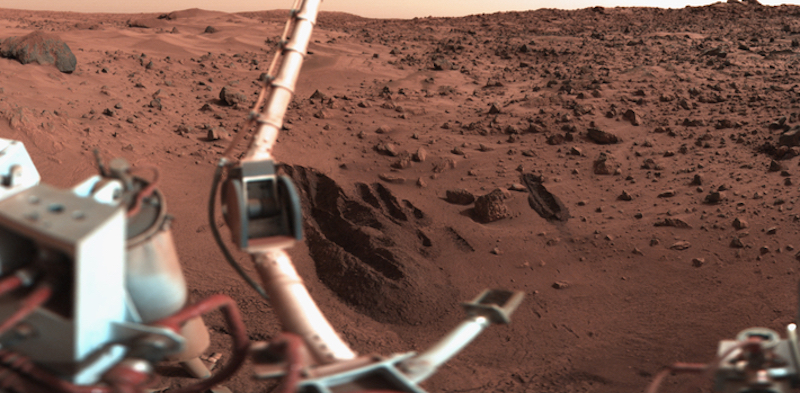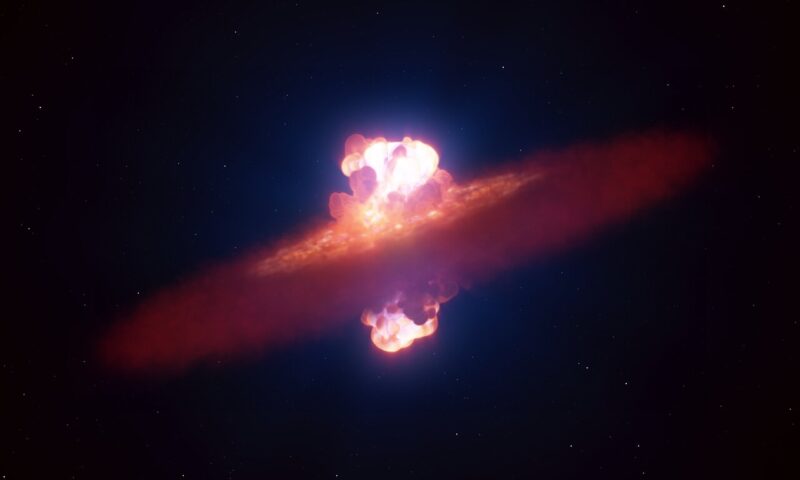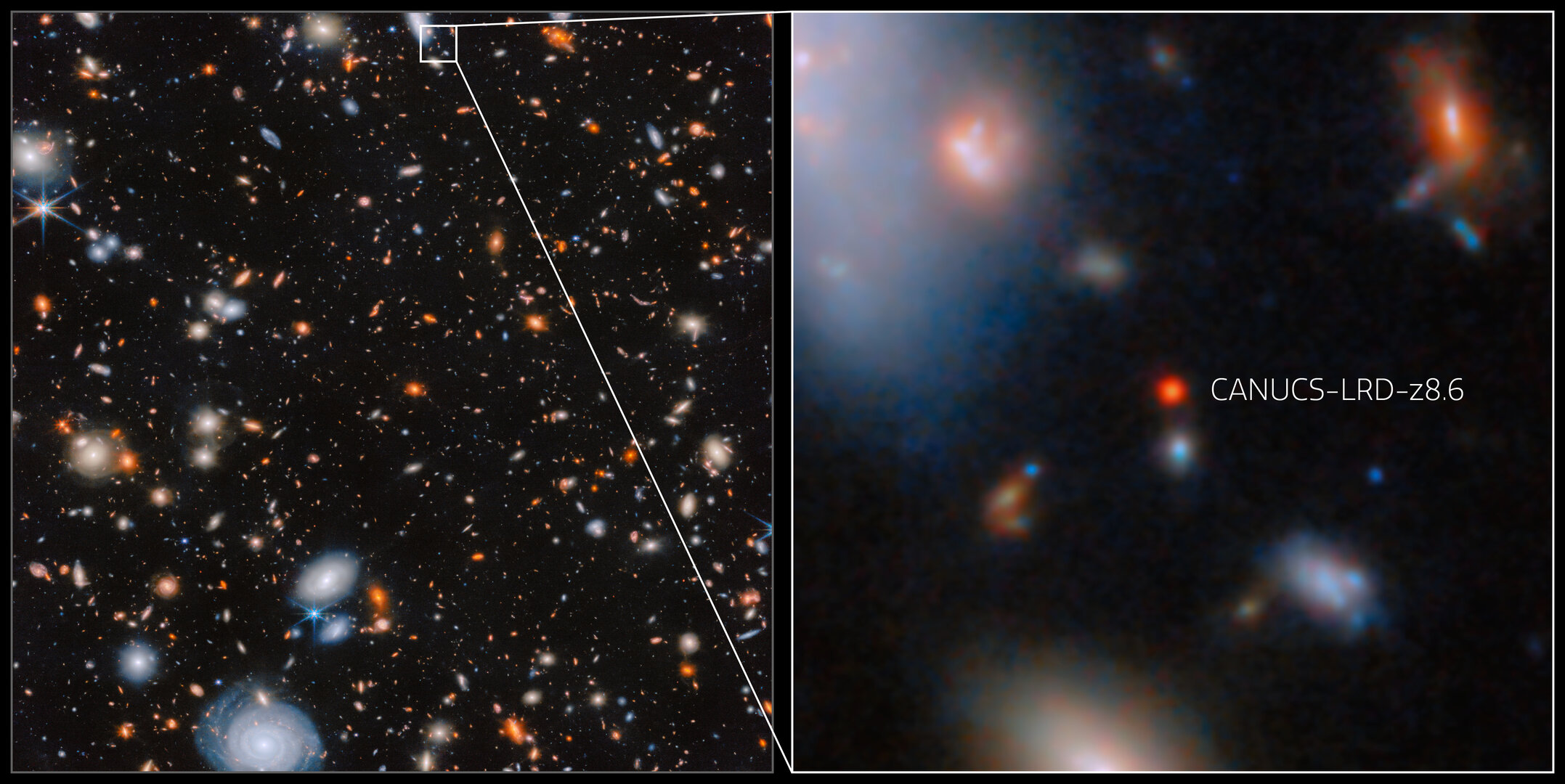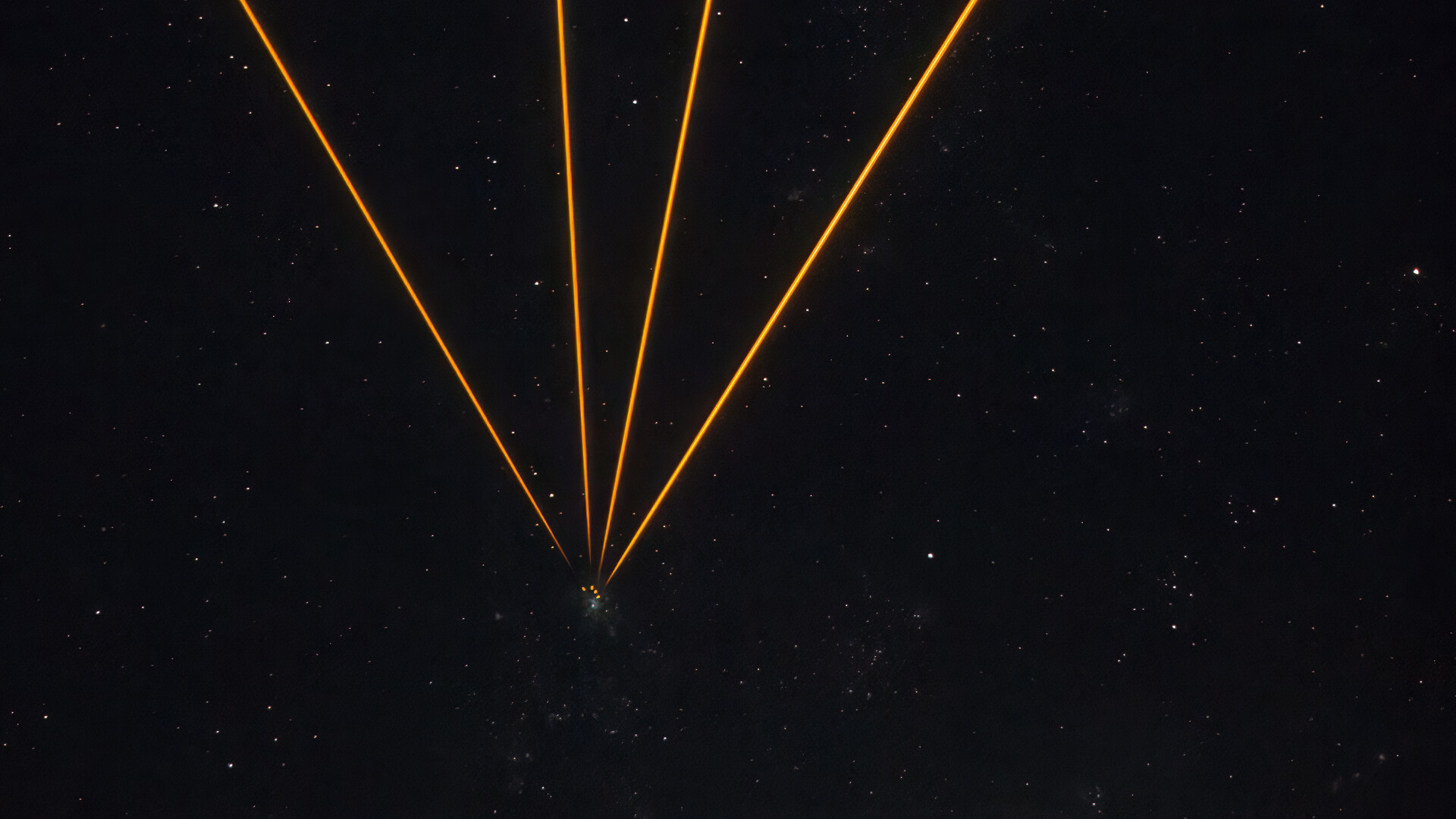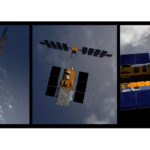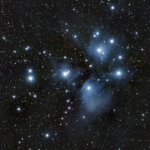Now Reading: Lost sisters of the Pleiades are scattered across the sky
-
01
Lost sisters of the Pleiades are scattered across the sky
Lost sisters of the Pleiades are scattered across the sky

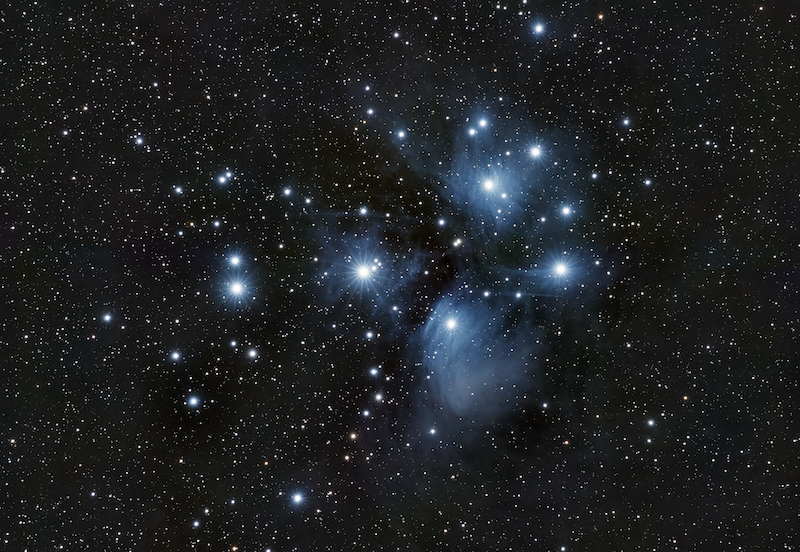
- Astronomers have discovered that the Pleiades star cluster has more than 3,000 sibling stars scattered across the sky. They formed from the same giant gas cloud.
- The researchers used data from TESS and Gaia to identify these far-flung stellar siblings.
- Known collectively as the Greater Pleiades Complex, these stars span nearly 2,000 light-years across the sky.
The 7 sisters have more than 3,000 siblings
The Pleiades star cluster – aka the Seven Sisters – is a favorite of stargazers. This much-loved pattern of stars, currently visible in the eastern evening sky, is an open star cluster. Stars in open clusters are young and formed from the same giant molecular gas cloud. Previous studies said there were about 1,000 stars in the Pleiades. But on November 12, 2025, astronomers at the University of North Carolina at Chapel Hill said they’ve discovered many more of its stellar siblings scattered across the sky. In fact, the new count includes more than 3,000 stars. These stars originated from the same molecular gas cloud, and they’re in the process of moving farther away from home.
Lead author Andrew Boyle of the University of North Carolina at Chapel Hill said:
This study changes how we see the Pleiades: not just seven bright stars, but thousands of long-lost siblings scattered across the whole sky.
And co-author Andrew Mann of the University of North Carolina at Chapel Hill added:
We’re realizing that many stars near the sun are part of massive extended stellar families with complex structures. Our work provides a new way to uncover these hidden relationships.
The researchers published their findings in the peer-reviewed Astrophysical Journal on November 12, 2025.
The birth of stars
Groups of stars, which can have thousands of members, develop in enormous molecular gas clouds. In each of these clouds, massive clumps of gas undergo gravitational collapse to form protostars. Eventually, nuclear fusion ignites within their cores to create young stars.
As the gases clear out, the sibling stars appear in the sky as an open star cluster. To date, astronomers have found more than 1,100 open star clusters in our home galaxy, the Milky Way.
Over timescales of several million years, stars in an open cluster disperse. That is what’s happening right now in the Pleiades.
Tracking down Pleiades sibling stars
The study, funded by the National Science Foundation, used sophisticated statistical techniques to analyze data from several thousand nearby stars. The goal was to identify potential siblings of the Pleiades. Researchers used data from NASA’s Transiting Exoplanet Survey Satellite (TESS). In addition, they looked at data from the Gaia space telescope, which the European Space Agency recently decommissioned.
A key property they examined was the spin rate of the stars. This is a sort of cosmic clock to roughly determine the age of stars. They can look at this property because young stars spin rapidly while older stars spin more slowly.
The team looked at the rotation measurements of nearby stars from TESS. They also used data from Gaia to study the precise positions and motions of the stars. Then, they combined these data to identify the most likely candidates that once belonged to the Pleiades. Boyle said:
By measuring how stars spin, we can identify stellar groups too scattered to detect with traditional methods, opening a new window into the hidden architecture of our galaxy.
The sisterhood of the Pleiades
As a result, the astronomers uncovered more than 3,000 stars distributed over almost 2,000 light-years. They named it the Greater Pleiades Complex.
The scientists based their conclusions on several factors. For instance, these stars had roughly the same ages. Moreover, they had similar velocities (speed and direction) in space and similar chemical abundances. With this information, the researchers identified stars that they could trace back to have originated from the same giant molecular cloud.
Are there more undiscovered stars in the Greater Pleiades Complex? Looking ahead, a new batch of data from Gaia – which the mission team has not yet released – may provide more clues. In addition, the new Vera C. Rubin Telescope will soon provide a treasure trove of more data. The scientists also hope to apply their analysis techniques to study other open star clusters. And, they say, this work will help them better understand how star systems form and evolve, including our own solar neighborhood.
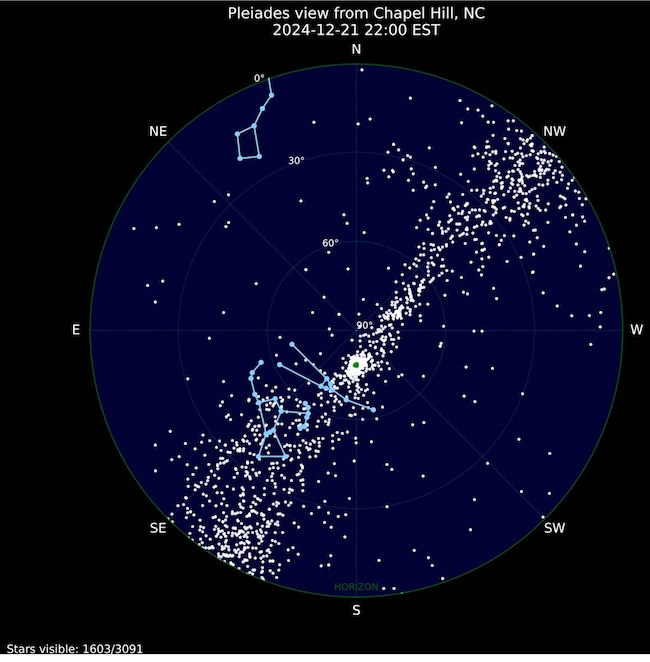
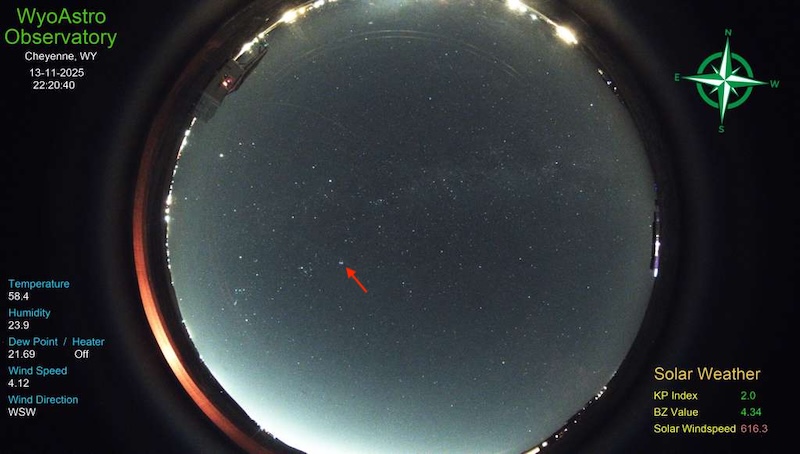
The Pleiades, an iconic asterism in the night sky
The Pleiades star cluster is an asterism – or popular grouping of stars – which is also known as the Seven Sisters and Messier 45. In addition, it is known as Subaru in Japan and even has a popular line of cars named after it. Across the world, this iconic star cluster is associated with many ancient mythologies. It’s even mentioned three times in the Hebrew Bible (Old Testament) by its Hebrew name, Khima.

Where to find the Pleiades star cluster
The Pleiades is 444 light-years away, making it one of the closest open clusters. It’s located in the constellation Taurus the Bull. Moreover, astronomers think its stars formed about 127 million years ago, at a time when early Cretaceous dinosaurs roamed the Earth.
Most of the stars in the Pleiades are bright, hot, blue stars. You can also see dust clouds around those stars in long-exposure images. However, astronomers have concluded these are not the remnants of the gas cloud that birthed the stars. Instead, the stars happen to be moving through an unrelated dust cloud.
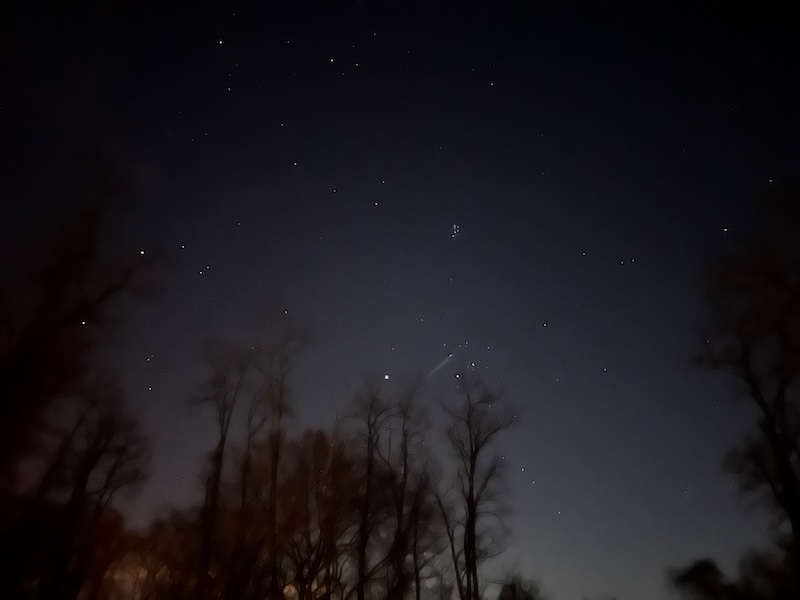
Bottom line: Astronomers have discovered that the Pleiades star cluster has more than 3,000 sibling stars that originated from the same giant molecular cloud.
Source: Lost Sisters Found: TESS and Gaia Reveal a Dissolving Pleiades Complex
Via the University of North Carolina at Chapel Hill
Read more: The Pleiades – or 7 Sisters – known around the world
Read more: Messier objects are fuzzy patches in the night sky
The post Lost sisters of the Pleiades are scattered across the sky first appeared on EarthSky.
Stay Informed With the Latest & Most Important News
Previous Post
Next Post
-
 012024 in Review: Highlights from NASA in Silicon Valley
012024 in Review: Highlights from NASA in Silicon Valley -
 02Panasonic Leica Summilux DG 15mm f/1.7 ASPH review
02Panasonic Leica Summilux DG 15mm f/1.7 ASPH review -
 03How New NASA, India Earth Satellite NISAR Will See Earth
03How New NASA, India Earth Satellite NISAR Will See Earth -
 04And Thus Begins A New Year For Life On Earth
04And Thus Begins A New Year For Life On Earth -
 05Astronomy Activation Ambassadors: A New Era
05Astronomy Activation Ambassadors: A New Era -
06SpaceX launch surge helps set new global launch record in 2024
-
 07Space Force plans new ‘Futures Command’ amid pressure to speed up modernization
07Space Force plans new ‘Futures Command’ amid pressure to speed up modernization












